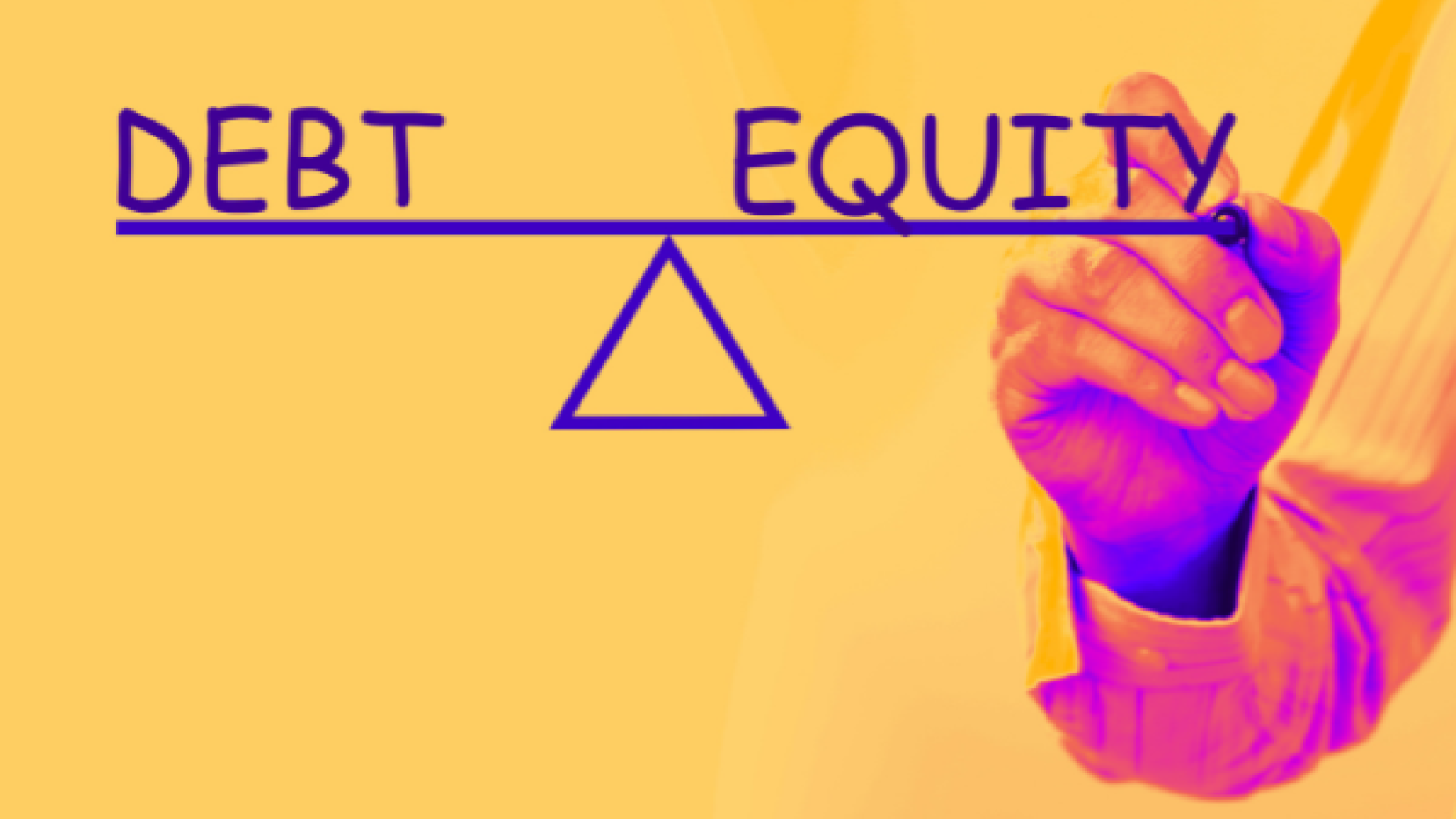
The ECGI blog is kindly supported by

Private Credit: Debt looking a lot like equity
There has been a quantum leap in corporate finance and governance: a momentous change in investment structure and incentives. Why so, you ask?
Over the past years, especially post the 2007-2008 global financial crisis (GFC), the corporate financial markets have changed considerably. First, there is more corporate debt now than there has ever been. The 2023 banking crisis and the ongoing macroeconomic environment further stress the significance of debt capital as a lifeblood of business.[1]
Second, fuelled by the post-GFC banking regulation, there has been an increased competition between banks and private credit funds, where the latter are not regulated in the same way as banks are. The power, appetite, and experience of private credit funds have all skyrocketed.[2] They provide finance directly to companies without any intermediaries in between.
Third, debt currently offers very attractive nominal returns due to the higher level of interest rates. 2023 has recorded the two biggest private credit deals to date: $4.8 billion financing for Finastra, and €4.5 billion financing for Adevinta ASA. The private credit market today has reached $1.6 trillion and is estimated to reach $2.3 trillion by 2027, according to Preqin. What is more, private credit funds have even started providing finance to multinational public companies, such as Wolfspeed Inc., AT&T, and Air France.
In light of this quantum leap, in a new paper I examine the evolution of corporate finance markets after the GFC with respect to private debt. I argue that the role of debt and its relationship with equity, due to significant developments in the corporate finance markets after the GFC, has been transformed. To the best of my knowledge, this is the first legal academic paper looking at private credit funds and comparing their different business model to that of banks from a corporate governance perspective.
I challenge the traditional legal and financial framework on corporate finance and governance and show that modern debt providers (i) do participate in capital growth, (ii) are interested in the firm’s profit maximisation, (iii) there is not always a conflict between the interests of equity and debt providers, and (iv) corporate loan financing agreements are often expected to be renegotiated. Based on developments in the corporate finance markets, I argue that outside financial distress, often debt and equity simply can no longer exist in a vacuum from one another.
Debt has come to play an important role in the firm not only during but also outside financial distress, and the mechanisms of debt governance are and will be evolving. I build on the developments in corporate finance markets and develop a taxonomy of modern debt governance mechanisms.
The taxonomy reveals several similarities, but also stark differences:
- By actively seeking board representation on the borrower-firm’s board and getting full access to its management team, private credit funds equip themselves with a dynamic view on the firm’s valuation (an ongoing view and active voice). This also helps private credit funds to achieve their investment strategy. This management aspect speaks directly to the corporate governance role of debt.
- Private credit funds lend to companies with a long-term horizon and are skilled in operating in an illiquid market. Working with companies in a bilateral format on a long-term basis lays a foundation for a framework of trust and cooperation between the firm and its debt investors. Relational finance is back!
- By bargaining for a minimum return (akin to quasi-equity) on their debt investment and a carry, debt investors are interested in value-maximisation. They also bargain for an equity upside and are often lead investors in the deal. Unlike traditional lenders, that are interested in value-maintenance of the firm, private credit investors invest for a long term and are interested in profit-maximisation, in order to be paid back not only the main debt sum, the interest rate, but also a return on their debt investment. These new debt investors are very interested in ‘non-default governance’ issues because their investment is equity alike.
- Private credit funds provide financing based on a floating pricing mechanism (floating interest re-priced every 30-90 days), in addition to bargaining for stricter covenants than banks. Pricing and re-pricing debt so frequently drives debtholders’ control of the firm, enabling them (i) to influence and engage with the firm on an ongoing basis and prior to its financial distress, (ii) to have a dynamic view of the firm’s valuation, which often corresponds to the interest rates), and, (iii) consequently, to develop an evergreen financing structure.
- Re-pricing debt has further implications on the understanding of the nature of debt financing, in particular, that of loan financing: loan agreements are expected to be breached, ex-post repriced and renegotiated due to the dynamic nature of debt.
- The paper also aims to show that the reliance of private credit funds on private bargaining can also improve the economic efficiency.
Due to the changes in corporate finance markets, outside financial distress, often equity and debt governance complement each other: one cannot exist in a vacuum from one another. Equity and debt became more interconnected and overlapping, even more so in private firms (e.g., the interests of shareholders and debtholders are more aligned when debt providers simultaneously own an equity stake in the same firm, or when the private credit fund and the deal sponsor are affiliated).
Debt has changed significantly over the years, and because of the quantum leap in corporate finance, modern debt shares similar characteristics to equity. We need to re-evaluate the role of debt in the firm, its relationship with equity, and what this quantum leap in investment structure and incentives really means for the traditional legal and economic frameworks on corporate finance and corporate governance. Is this investment really ‘debt’, or is it ‘equity’? Does it actually matter? Maybe it is just capital!
---------------------------
[1] E.g., debt used for working capital and capital expendiures, refinancing, leveraged buyous, etc., but also how the instability in debt markets poses a systemic risk, affecting millions of companies in need of finance.
[2] E.g., Preqin, ‘Preqin Global Report 2023: Private Debt’ (noting that private debt assets under management by 2027 will reach $2.3 trillion, 63% of surveyed investors intend to increase their allocation to private debt in the long term, and there were 837 private debt funds in market as of Q3 2022, targeting in total $297billion.) For a further discussion, see section 2 B. 'i' of my paper on SSRN.
Dr Narine Lalafaryan is a University Assistant Professor of Corporate Law at the Faculty of Law, University of Cambridge, and a Fellow in Law at Pembroke College, University of Cambridge.
The ECGI does not, consistent with its constitutional purpose, have a view or opinion. If you wish to respond to this article, you can submit a blog article or 'letter to the editor' by clicking here.




